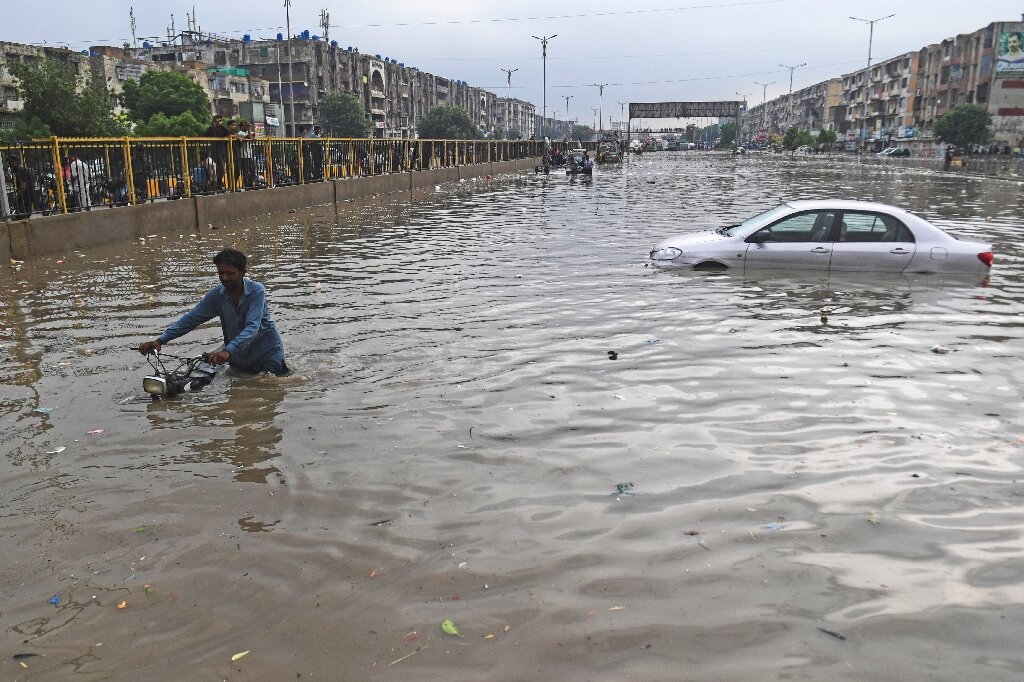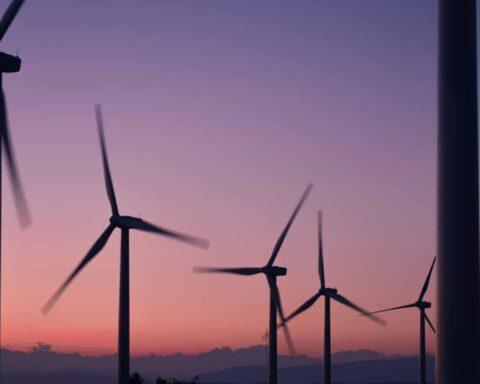How we can we fix the environment more and better
We hear little little about the ozone hole these days, with climate change dominating the news agenda. There are, nevertheless, analogies between these catastrophes of the environment and the huge issue of climate change. We used leaded gasoline for decades, as corporations added lead compounds to make the fuel burn more efficiently. Leaded gasoline emits lead particles into car exhaust, which can be inhaled, resulting in a number of health issues such as heart attacks, strokes, and delayed mental development in children. After a long battle between scientists, regulatory agencies, and business, a consensus formed on the health concerns, and wealthier countries began banning leaded gasoline in the 1980s.
The extraction of coal, oil, and gas releases billions of tonnes of CO2 into the atmosphere every year. Human activity is producing record-high levels of greenhouse gas emissions, with no indications of slowing down. We are on course to maintain a “business as usual” trajectory, according to a ten-year summary of UNEP Emission Gap assessments.
The last four years have been the hottest in recorded history. We are at least one degree Celsius above preindustrial levels, according to a September 2019 World Meteorological Organization (WMO) report, and close to what scientists warn would be “an unacceptable risk.” The 2015 Paris Climate Agreement advocates for keeping future warming “well below” two degrees Celsius and pursuing measures to keep it even lower, at 1.5 degrees Celsius. However, if global emissions do not drop, temperatures could rise above three degrees Celsius by 2100, causing lasting damage to our ecosystems.
In the arctic and mountain regions, glaciers and ice sheets are melting at a quicker rate than ever before, causing sea levels to increase. Almost two-thirds of the world’s cities with populations of more than five million are in areas at risk of sea level rise, and almost 40% of the world’s population lives within 100 kilometres of a coast.





























